
Two days ago we popularized the factors affecting mobile phone photography. We all know that there are pixels, sensor size, lens, and post-analysis factors affecting the phone's camera. Of course, the sensor that has the greatest impact on the camera's effect on the hardware is of course the sensor. The sensor determines the camera's pixel and unit pixel area, both of which directly affect the image quality. It can be said that if there is not a good sensor, then no matter how good your lens and post-phase algorithm is, the picture quality can only be unsatisfactory, and its importance is self-evident. Playing the camera all knows the phrase "the end of a large pressure dead", here said "bottom" refers to the sensor. Although it cannot be generalized, the larger the sensor area, the better the image quality. Let's take everyone today and take a look at what kind of cell phones are used in these years.
1/3 inch

iPhone 6 / 6 plus / 5s
Starting from the iPhone 5s, Apple is no longer, and several generations of products have remained at 8 million pixels. Instead, the iPhone has a 1.5μm unit pixel area. With such a large unit area and Apple's exquisite algorithm, its image quality is far better than most models in the same period.

HTC M8/M7/Max
The HTC M7 is equipped with a 1/3-inch sensor, but unlike other sensors, the M7's CMOS is only 4 million pixels, and the unit pixel area reaches an astonishing 2μm. M8 is also equipped with this technology, but at the same time Andrews has generally reached 13 million or even higher pixels, eventually HTC's Ultrapixel has been eliminated.
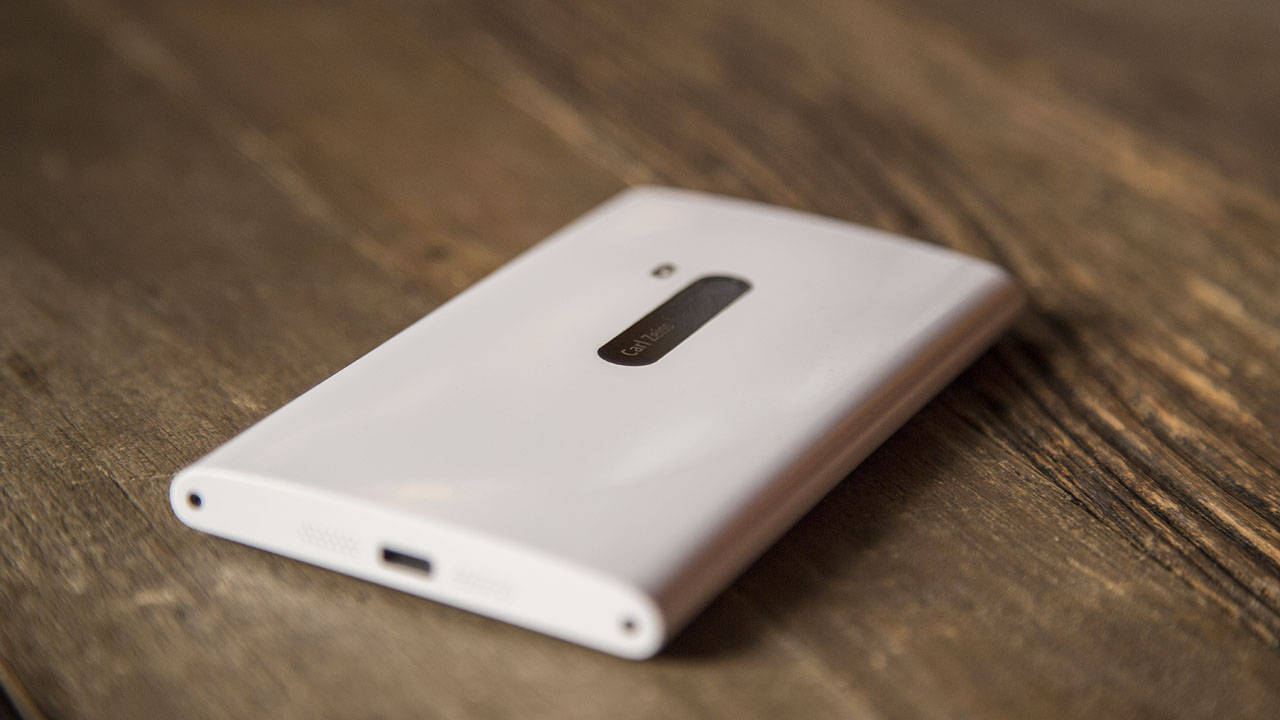
Nokia Lumia 920 / 925 / 928
The Lumia 920/925/928 are known for their photographs, and all three devices use 1/3-inch sensors. Optical image stabilization, 8.7 million pixels, F2.0 Carl Zeiss certification lens and LED+Xenon dual flash, and joined the second generation PureView pure landscape technology, excellent imaging results. If you do not use the lack of application of WindowPhone system, its excellent design and appearance can have more market prospects.
1/2.6 inch
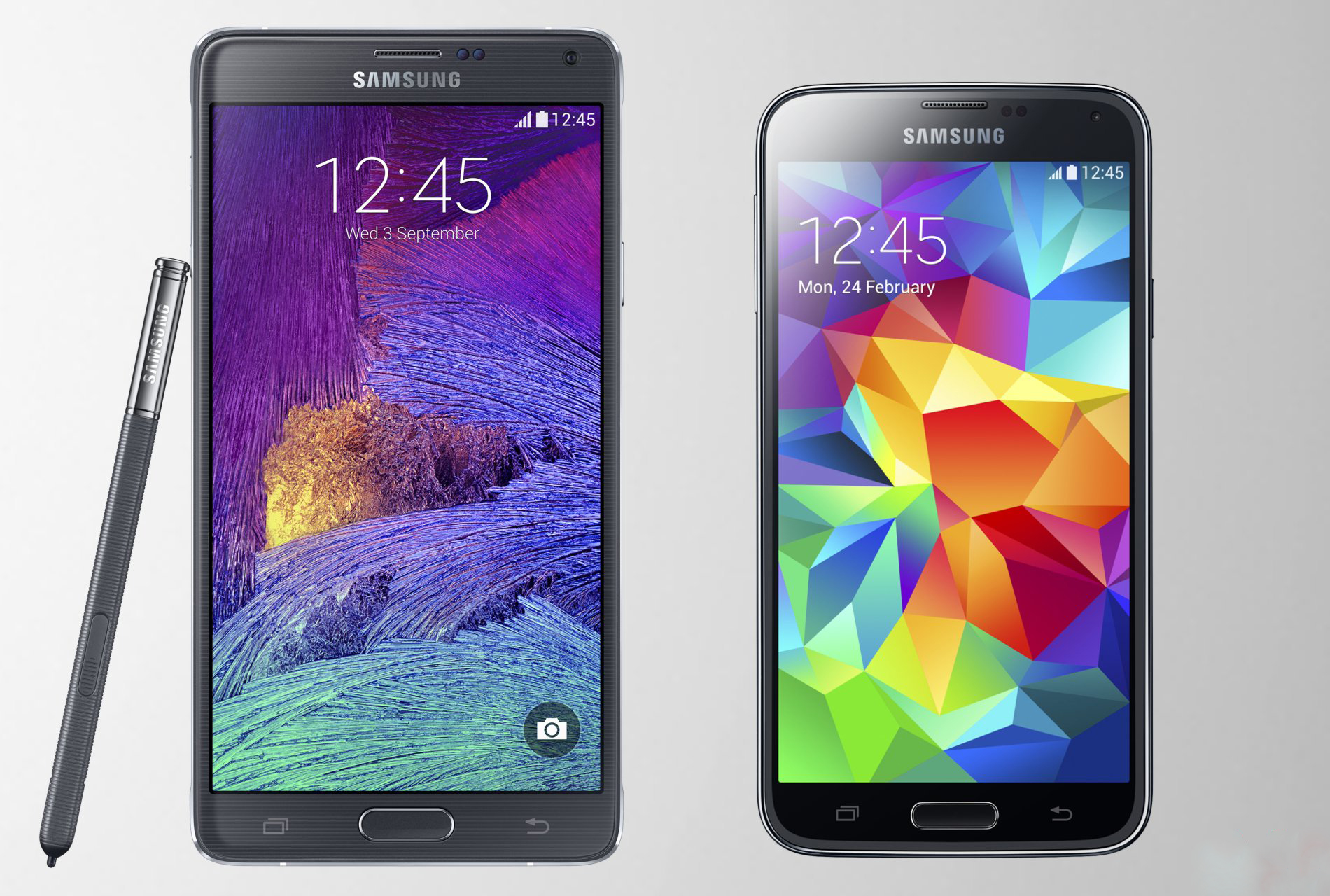
Samsung Galaxy Note4 / S5
Both Samsung's Note4 and S5 are equipped with a 1/2.6-inch sensor, but the CMOS models used in the two are completely different. Note4 uses the IMX240 provided by Sony. Samsung also uses this CMOS in its next-generation products . The S5 uses Samsung's own S5K2P2 sensor.
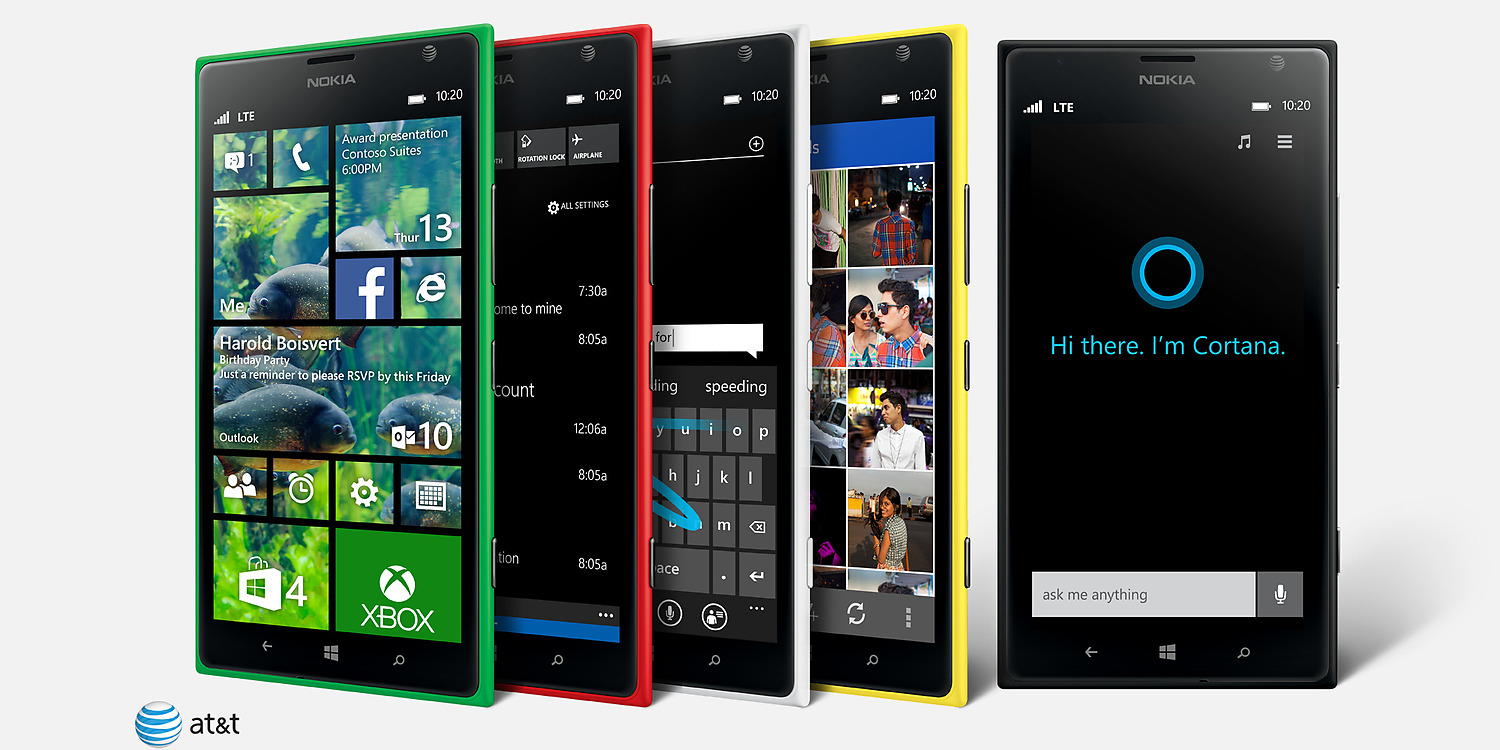
Nokia Lumia 1520/930
The 6-inch screen Lumia 1520 uses a 1/2.6-inch 20-megapixel sensor, ISO has reached 3200, with Carl Zeiss certification lens, supports optical image stabilization, and equipped with ultra-sampling and high-fidelity recording technology. With the built-in Nokia camera application, you can freely adjust the aperture, shutter, ISO and other parameters, and support RAW lossless format.
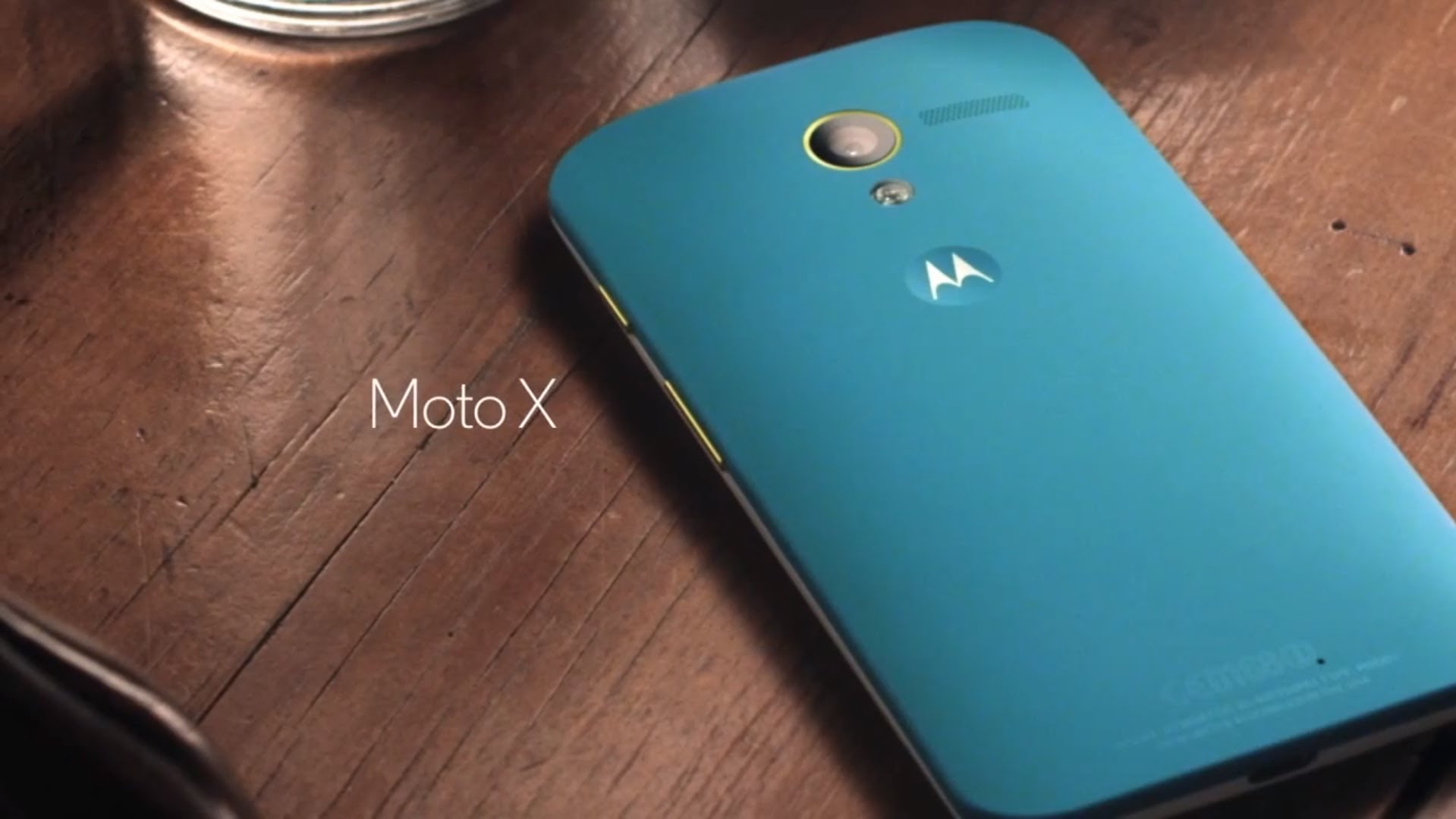
Moto X generation
Motorola released this Moto X with its appearance and experience in 2013. Its brilliant appearance and colorful customized shell also represent the transition that occurred after Moto became a member of the Google family. It is different from the previous blade series. The business style, Moto X's lively spirit represents the rejuvenation of Moto, and its Hello Moto touch screen wake-up function has deeply entered the hearts of every player. The Moto X-generation uses a 1/2.6-inch 10-million-pixel sensor, but in the next generation, Moto reintroduced the 1/3.06-inch sensor.
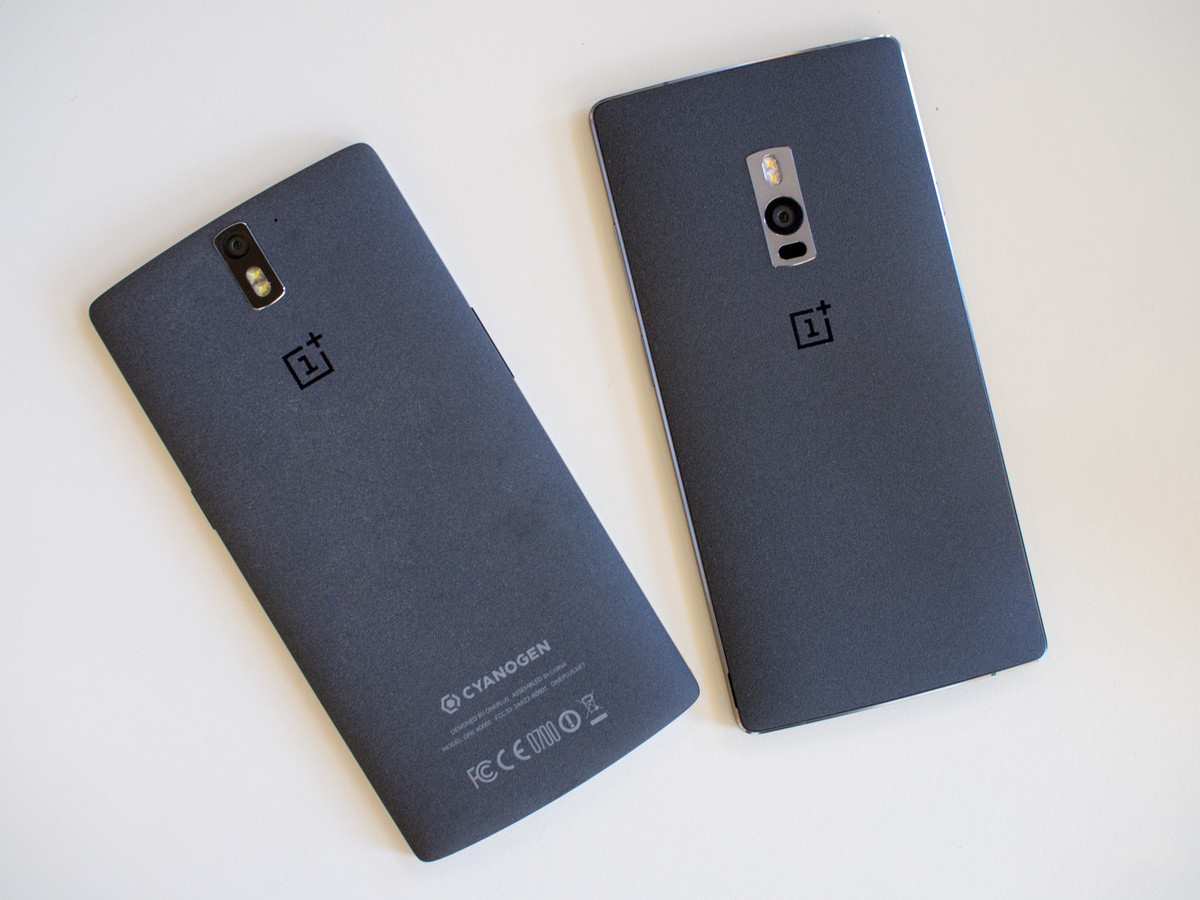
One plus two generations
Unlike a Sony MX214 sensor used in the 1st generation, the OV13860, 1/2.6 inch, 1300 pixels, was used in the 1st and 2nd generations. Although one or two generations of photographs were measured in actual measurements, it did not reach the official claim. Still can be regarded as one of the best in domestic mobile phones.
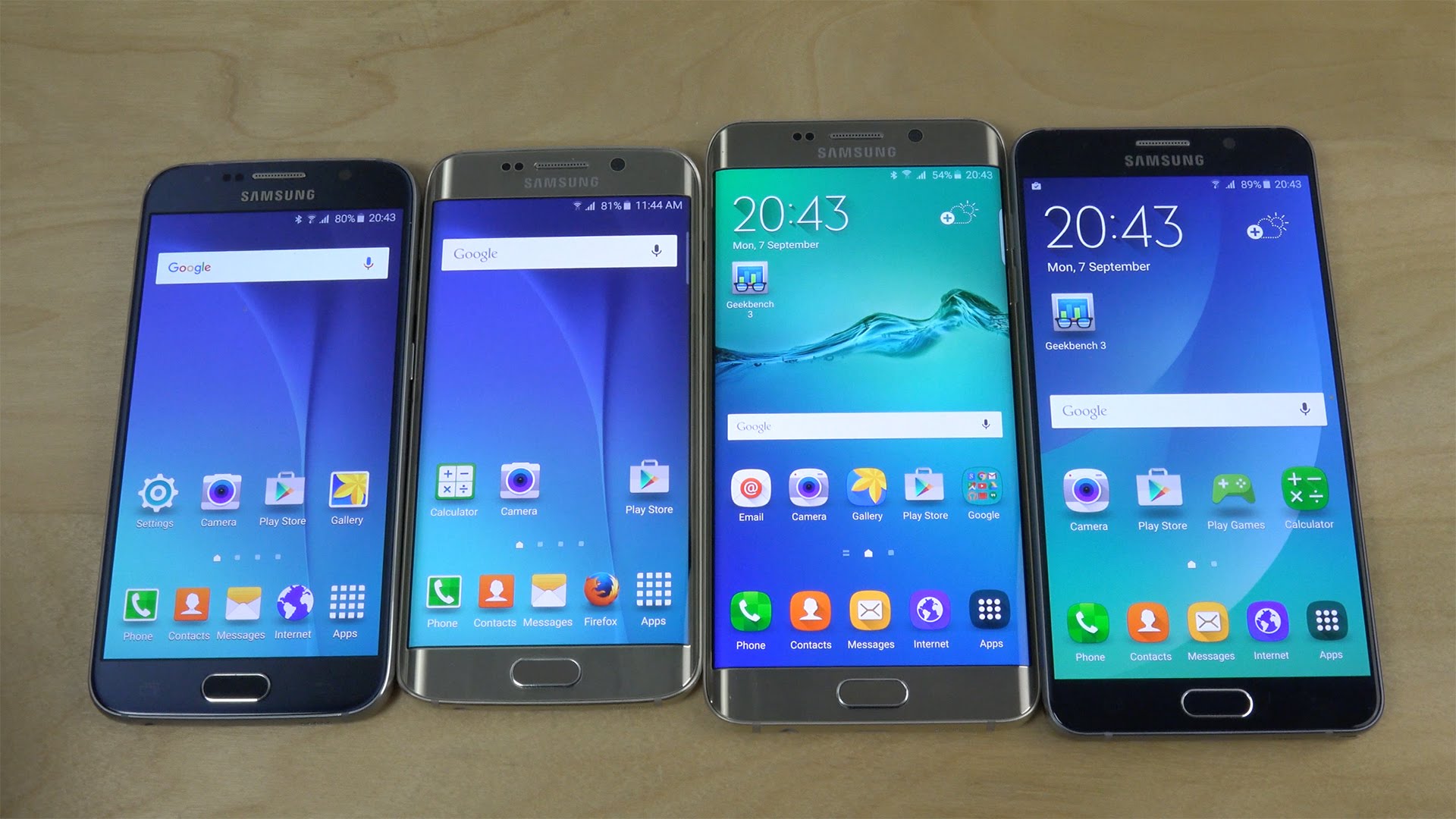
Samsung Galaxy S6 / Edge / Edge+ / Note5
The reason why so many Samsung products are written together is because whether they are S6, S6 Edge, S6 Edge+, or Note5, they all use a 16 million 1/2.6 inch Sony IMX240 sensor (partial batch use Samsung's own ISOCELL sensor), which is exactly what the Note4 uses. The photographic effect also represents the highest level of the current smart phone, even if the iPhone 12s/Plus latest 12 megapixel camera is difficult to shake its status.
1/2.4 inch:
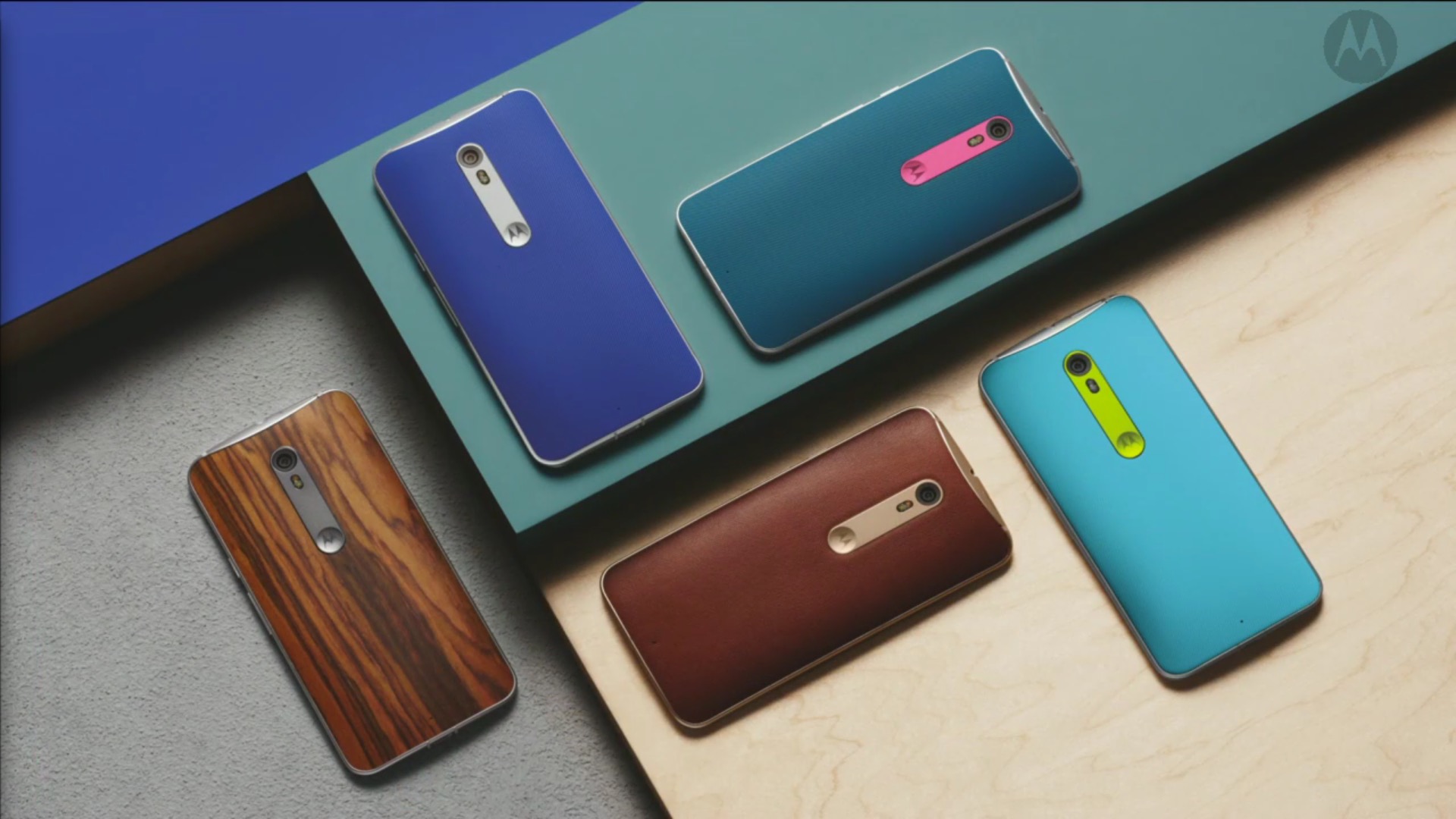
Moto X Style
Moto X Style brought us the biggest surprise is this 1/2.4 inch, up to 21 million pixel sensor. The overall photographic effect also has a good performance, accurate focus, color, and rich details. The appearance of the Moto X colorful and customizable, there are a variety of colors for users to choose.
1/2.3 inch:
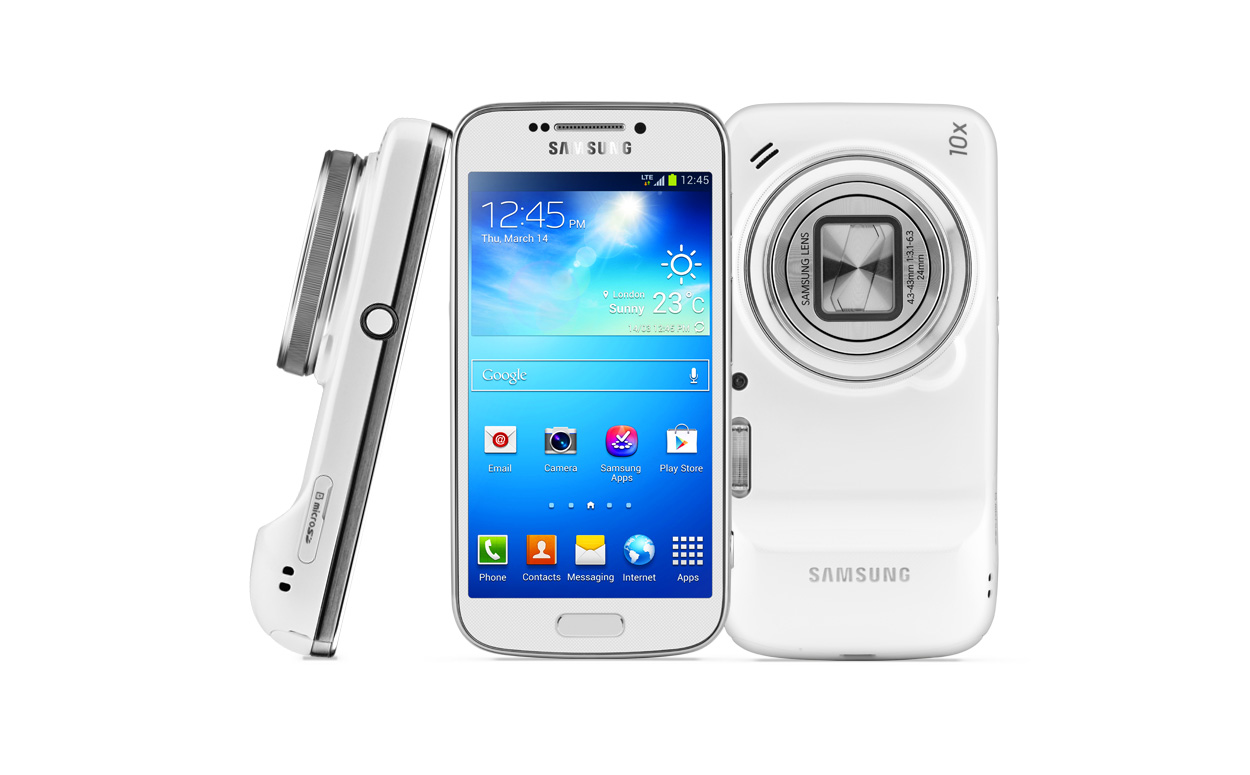
Samsung Galaxy S4 Zoom
Yes, you read it right. This is really a "mobile phone," but it looks a bit like a card camera. It is really born for photography. The 1/2.3-inch 16-megapixel back-illuminated sensor, equipped with OIS optical image stabilization, and up to ten times the optical zoom, in addition to being able to describe the monster, it can not find a better adjective. Of course, want to be a monster is also a price, this phone last part reached 2.7 cm, and the weight also exceeded 200g.

Samsung Galaxy K Zoom
The monster is also familial. When you think that the Galaxy S4 Zoom flashed like a meteor, Samsung released K Zoom's sequel, K Zoom, in 2014. The pixel was upgraded to 20.7 million pixels and the lens parameters were further enhanced. It is worth mentioning that while still integrating a tenfold optical zoom, it is only 20.2 mm thick.

Sony Xpreia Z1 / Z2 / Z3
Sony can be called the industry's Huo Leifeng. As early as in 2013, it adopted the IMX220 sensor, 1/2.3 inch, 20.7 million pixels, and it could not be shocked to make the whole mobile phone industry shocked. Then everyone later found out that such concerns are superfluous. In the automatic mode, only 8 million pixels can be used for photographing, and the picture quality is not flattering. Instantly you use a cumbersome manual mode, and its camera effects still remain with the iPhone and Samsung. The series could not be compared, however... As we all know, whether it is the iPhone or Samsung, Sony's sensors are used. The title of the industry's Huo Leifeng is also derived from this.

Mx4 / Mx4 Pro
Meizu MX4 sensor than say, 1/2.3 inch 20.7 million pixels, is it right? Yes, it is the IMX220 that Sony has just introduced. However... Sony did not do it, Meizu did not do it either.
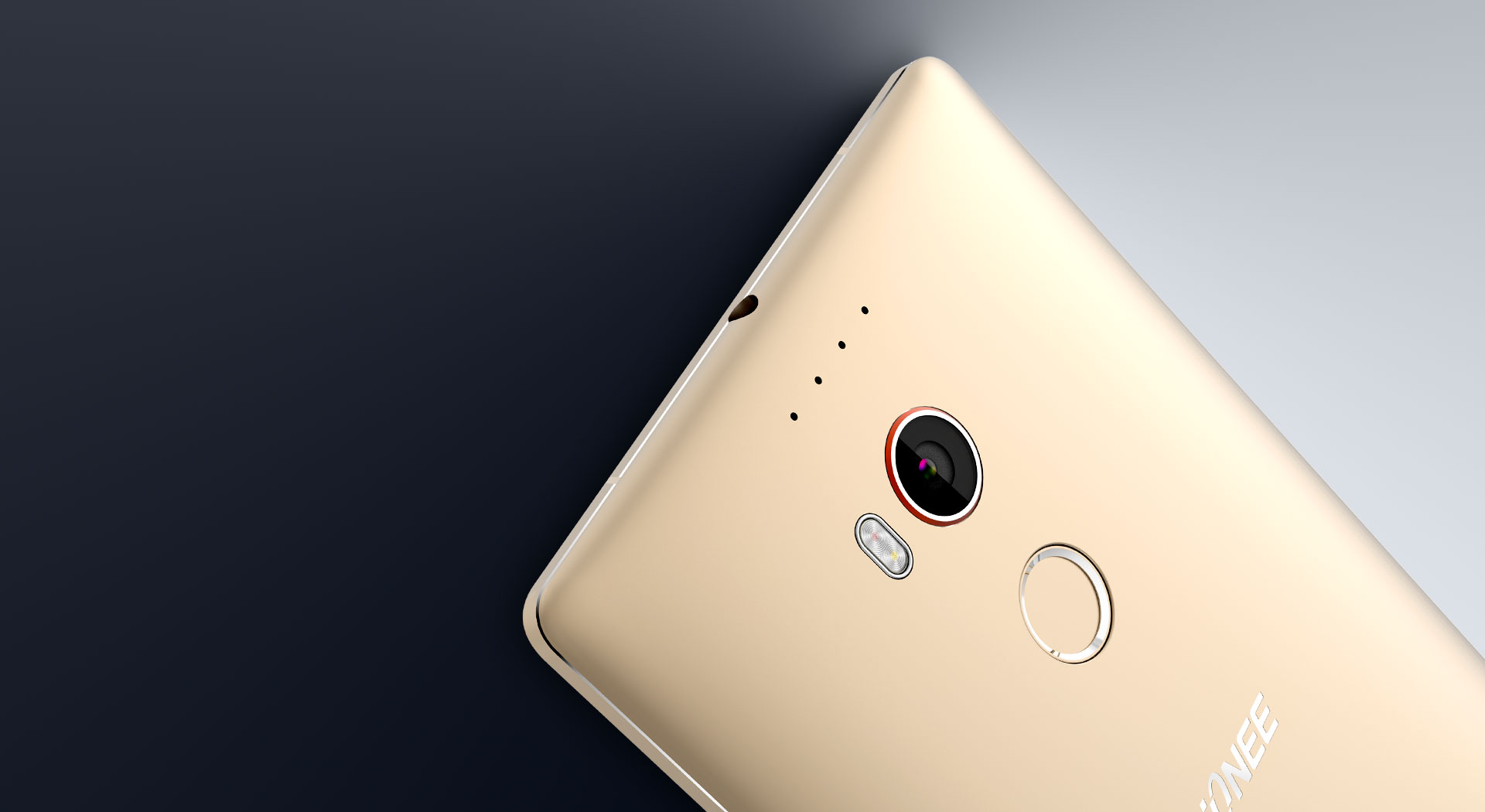
Jin Li Elife E8
Jin E8 uses a 1/2.3 inch up to 23.8 million pixel sensor, support for PDAF phase focus, camera and video skills are good, in the evaluation media are widely acclaimed, but the price of 3999 but let consumers deterred . It is worth mentioning that if you think that such a high-pixel sensor must have been provided by Sony, the performance sensor is OV23850 from Cowell's Omnivision.

Nexus 5X/ 6P
Google’s new generation of pro sons, the Nexus 5X and Nexus 6P, use Sony’s IMX377, 1/2.3-inch 12.3 million pixels, and the IMX377 is currently the only Sony sensor to put 12.3 million pixels in 1/2.3. Among the sensors, 1/2.3 is generally on 20 million pixels. This is the only sensor that achieves 1.55um unit pixel area on 1/2.3 inch.
1/1.5 inch

Nokia Lumia 1020
Yes, you are not mistaken, our list has been almost occupied by the Finnish giants, as the sequel to the Nokia 808, this Lumia uses a 1/1.5 inch 41 million pixel redundant CMOS, and equipped with optical image stabilization With Carl Zeiss certified lenses, the largest photo size reached a staggering 7136×5360. Same as the ones just introduced, the Lumia 1020 also uses PureView technology, and it doesn't need much to say. However, its sacrifice for photographing is also very large, such as the prominent lens, increased power consumption and so on.
1/1.2 inch:
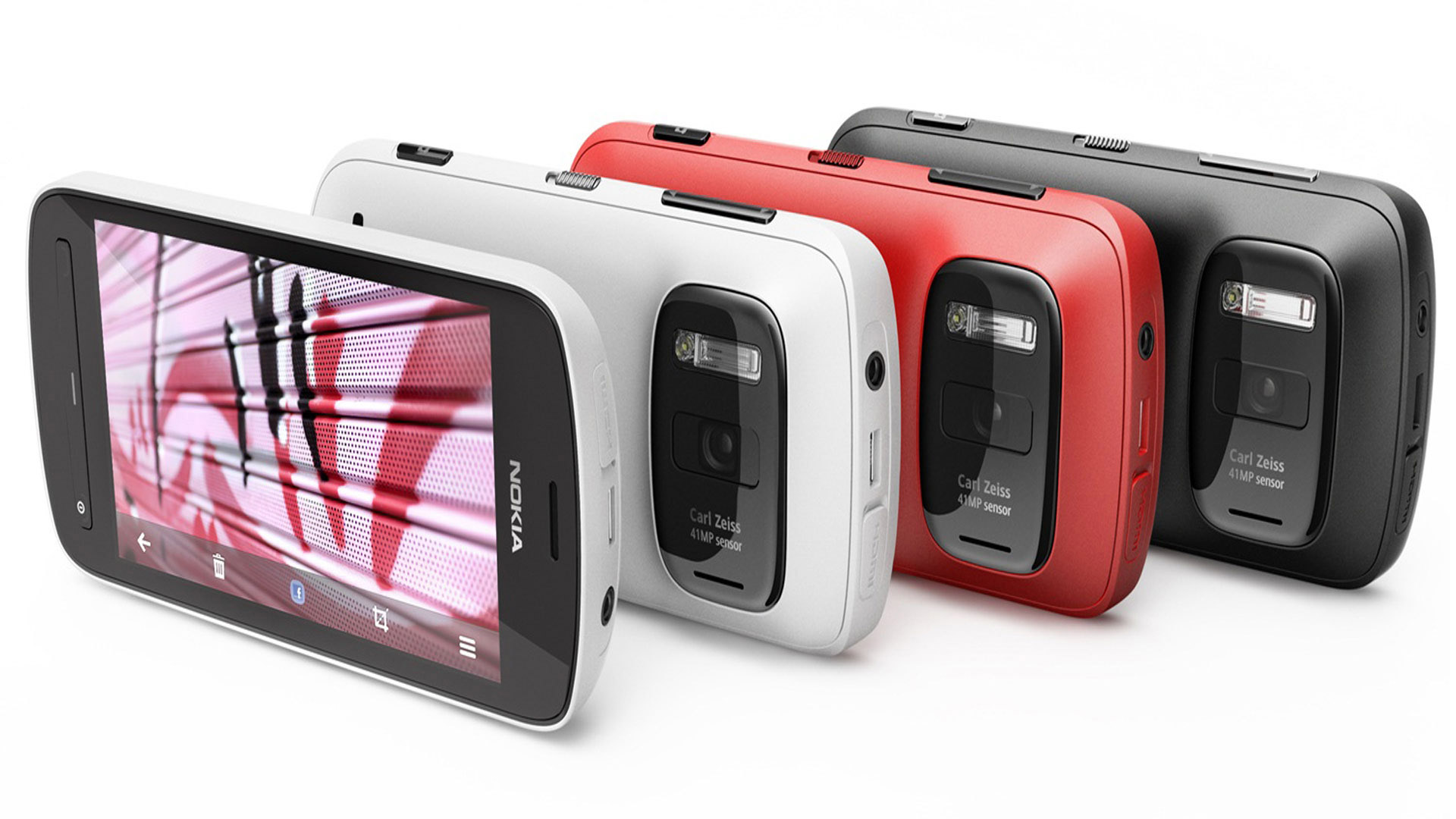
Nokia PureView 808
As the last player of the Saipan era, the 808 boasts an exaggerated 41 million pixel 1/1.2 inch sensor, Carl Zeiss-certified F2.4 lens and LED+Xenon dual flash combination. Its 41 million pixels still maintains the highest pixel count for mobile phones. It was born in the era of smart phones, but it tossed and carried the backward system of Saipan system, combined with a very thick body has decided that it can only be a flash meteor.
1 inch:
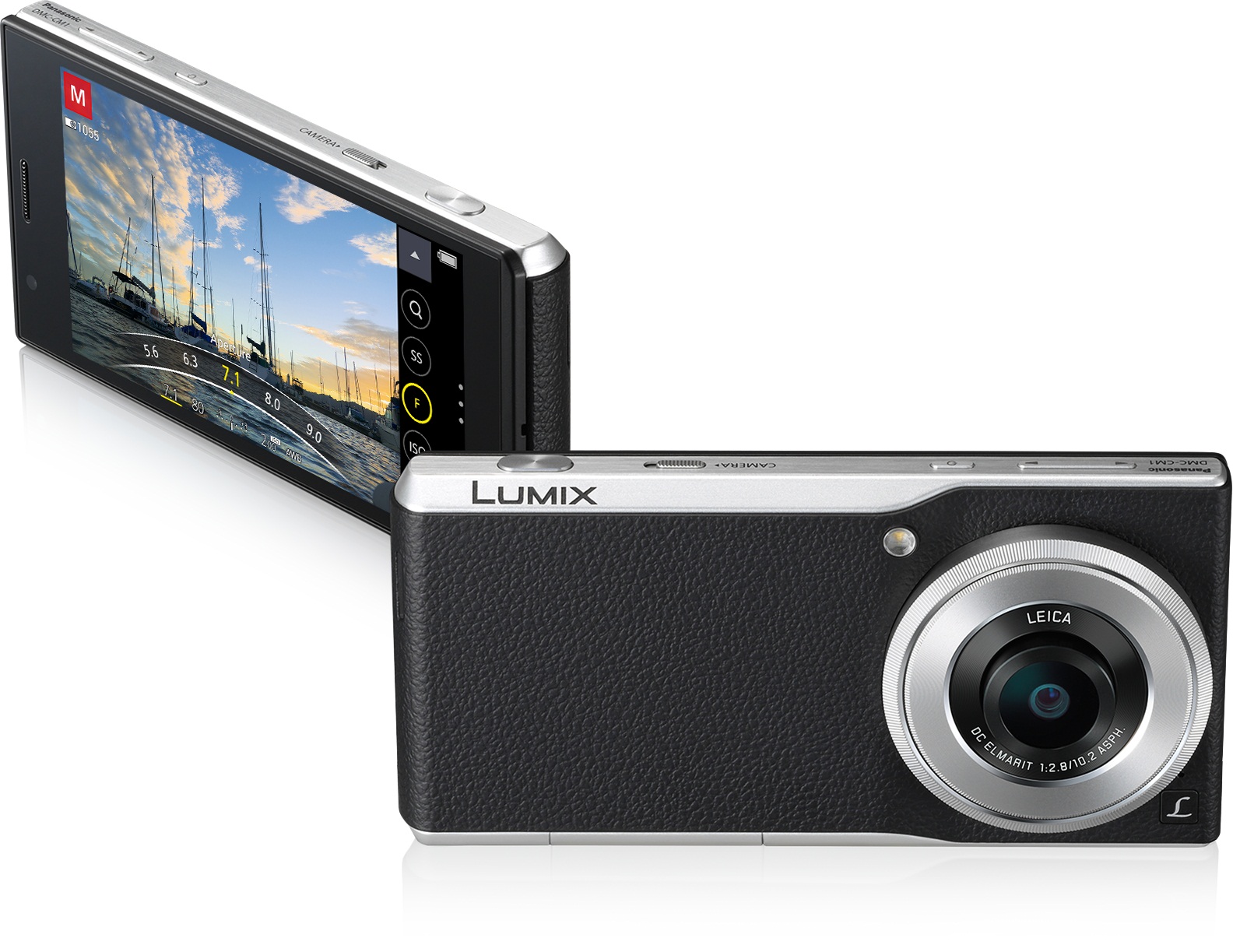
Panasonic lumix CM1
If this picture-taking magic with an exaggerated one-inch outsole can also be counted as a mobile phone, then it is indeed a unique leader. One-inch outsole, 20 million pixels, support RAW lossless format and 25600 ISO, and even a Leica lens, completely achieved at the end of a large pressure dead. If you say it has any regrets, then this camera ... ah no, mobile phones do not support optical zoom.
(Some pictures come from the internet)
![<?echo $_SERVER['SERVER_NAME'];?>](/template/twentyseventeen/skin/images/header.jpg)